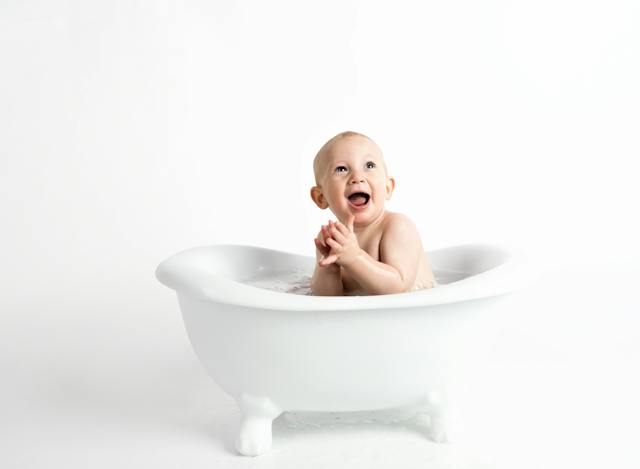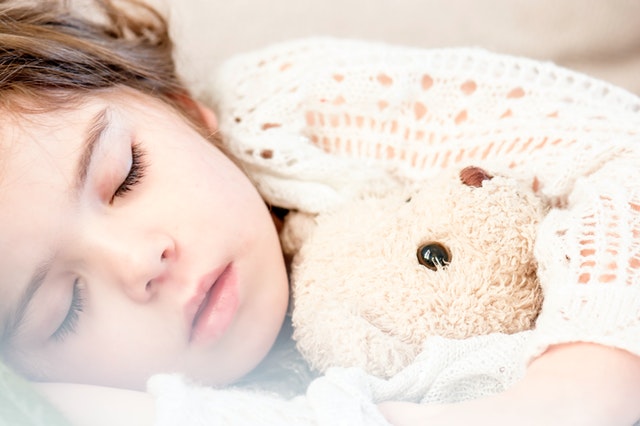Introduction:
Bath time is a soothing ritual for many, but it’s crucial to prioritize safety to make it an
enjoyable experience.
This article outlines essential safety measures to prevent slips, burns, and other potential
hazards during bath time.
Non-Slip Solutions:
To avoid slips in the tub, invest in non-slip mats or decals.
Place these strategically to provide traction and stability, reducing the risk of accidents.
Ensure that these mats adhere securely to the surface to guarantee effective slip
prevention.
Optimal Water Temperature:
Maintain a safe water temperature to prevent burns.
Always check the water with your hand or a bath thermometer before allowing anyone,
especially children and the elderly, into the tub.
The ideal water temperature ranges between 37-38 degrees Celsius (98-100 degrees
Fahrenheit).
Supervision for Children:
Never leave children unattended during bath time.
Accidents can happen in the blink of an eye.
Constant supervision ensures a quick response to any potential dangers, reducing the
likelihood of injuries.
Safe Storage of Bath Products:
Keep bath products, such as shampoos, soaps, and conditioners, out of reach of children.
Use childproof containers and cabinets to avoid accidental ingestion or spills that may lead
to slips.
Proper Lighting:
Ensure that the bathroom is well-lit to minimize the risk of tripping over objects or slipping
on wet surfaces.
Consider installing motion-sensor lights for added convenience during nighttime baths.
Grab Bars and Handrails:
Installing grab bars and handrails in the bathroom provides additional support, especially
for individuals with mobility challenges.
Place them strategically near the tub and toilet to assist with stability and prevent falls.
Electrical Safety:
Keep electrical appliances, such as hairdryers and electric razors, away from water
sources to prevent the risk of electrocution.
Use outlets equipped with ground fault circuit interrupters (GFCIs) for added protection.
Regular Maintenance:
Check for any leaks or water damage in the bathroom regularly.
Addressing these issues promptly can prevent slips and falls caused by slippery surfaces
or weakened structures.
Education and Communication:
Teach family members, especially children, about the importance of bath time safety.
Encourage open communication about any concerns or discomfort during bath time to
address potential hazards proactively.
Conclusion:
Prioritizing bath time safety is essential for creating a secure and enjoyable experience for
everyone.
By implementing these measures – from non-slip solutions to proper supervision – you
can significantly reduce the risk of slips, burns, and other potential hazards, ensuring a
relaxing and worry-free bath time for all.
![]()











